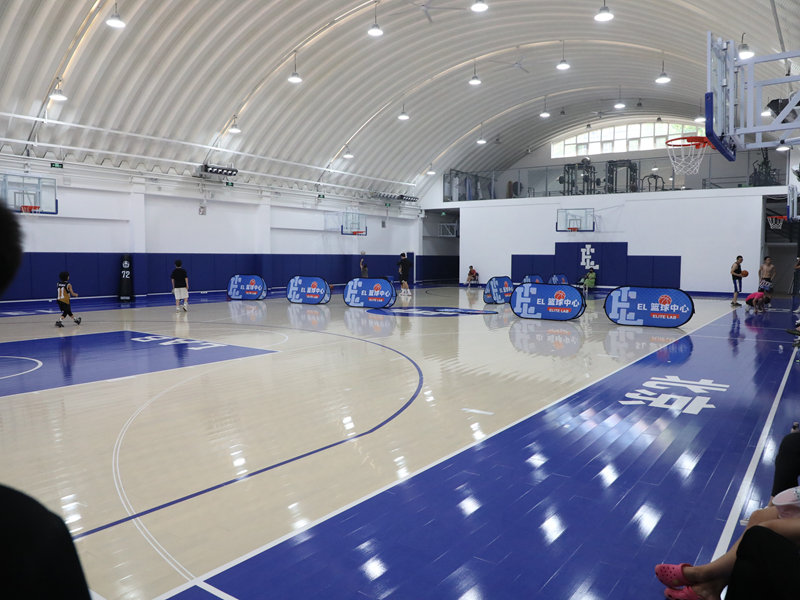Sports wood flooring has gained widespread popularity around the world, and its use varies across different regions and cultures. Understanding the global perspective of sports wood flooring can provide insights into its adoption, trends, and challenges.
In North America, sports wood flooring is a staple in many sports venues, especially those dedicated to basketball and volleyball. The United States and Canada have a long - standing tradition of sports, and the demand for high - quality sports surfaces is high. Maple wood is the most commonly used species in this region due to its excellent performance characteristics. Many professional and collegiate sports teams play on maple sports wood floors, which are known for their durability and shock - absorption. The market in North America is well - established, with a large number of manufacturers, installers, and maintenance companies specializing in sports wood flooring.
Europe also has a strong presence in the sports wood flooring industry. In countries like Germany, France, and Italy, sports are an integral part of the culture, and sports venues are equipped with top - notch facilities. European manufacturers often focus on innovation and sustainability, developing new technologies and eco - friendly materials for sports wood flooring. Oak is a popular wood species in Europe, known for its strength and aesthetic appeal. Additionally, European sports organizations have strict standards and regulations regarding the quality and safety of sports surfaces, which has driven the development of high - performance sports wood floors.
In Asia, the sports industry is experiencing rapid growth, and the demand for sports wood flooring is increasing. Countries like China, Japan, and South Korea are investing heavily in sports infrastructure, building new stadiums and sports centers. While synthetic flooring has been more prevalent in some Asian countries in the past, there is a growing trend towards using sports wood flooring, especially in high - end venues. The adoption of sports wood flooring in Asia is influenced by factors such as the desire for international - standard facilities, the increasing popularity of Western sports, and the recognition of the benefits of wood flooring in terms of performance and aesthetics.
In other parts of the world, such as Africa and South America, the use of sports wood flooring is still developing. Economic factors, lack of awareness, and limited access to resources can be challenges in these regions. However, as the sports industry continues to grow globally, there is potential for increased adoption of sports wood flooring in these areas. International organizations and manufacturers are working to promote the use of sports wood flooring and provide training and support to local communities.
One of the global trends in sports wood flooring is the focus on sustainability. With increasing concerns about the environment, manufacturers are developing more eco - friendly products. This includes using certified sustainable wood, reducing energy consumption in production, and promoting recycling and reuse. Another trend is the integration of technology into sports wood flooring, such as sensors that can monitor the condition of the floor and provide real - time data on its performance.
In conclusion, sports wood flooring has a global presence, with different regions having their own unique characteristics and trends. As the sports industry continues to evolve, sports wood flooring will play an important role in providing high - quality surfaces for athletes around the world.

Leave a Reply